Cam
Different designations are possible: cam, cam follower, locking bit, locking nose
The cam is part of a locking cylinder. It is the force-transmitting component between the key and the bolt of the mortise lock.
Due to the rotation of the key in the locking cylinder, the cam is moved in the same way and direction of rotation after the engagement.
If the key is pulled out of the cylinder, the cam is also blocked for a rotary movement.
Due to the large number of different mortise and tubular frame locks, block locks, electric switches, etc., as well as multi-point locks of different designs, it is also necessary to adapt the cams to the conditions and supply them in different designs.
Cams for double and rotary knob cylinders
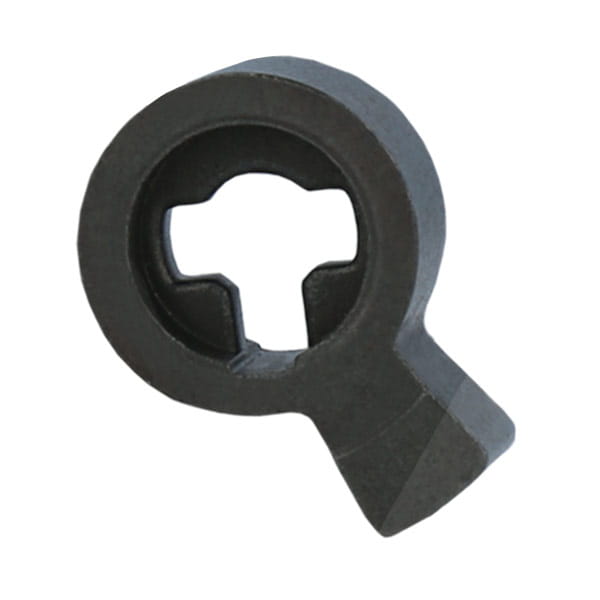
Cam (standard)
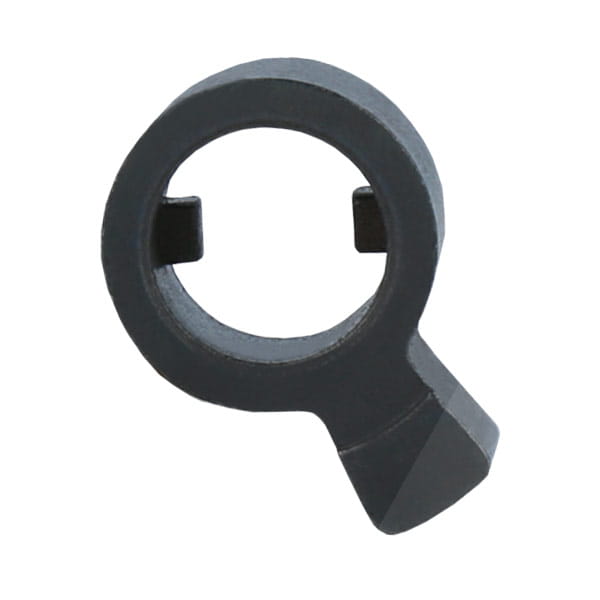
Cam (fixed)
Cam for short cylinder
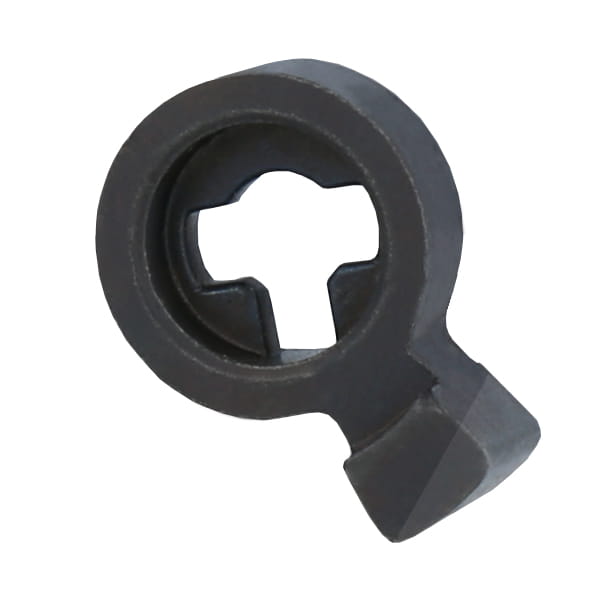
Cam for short cylinder (standard)
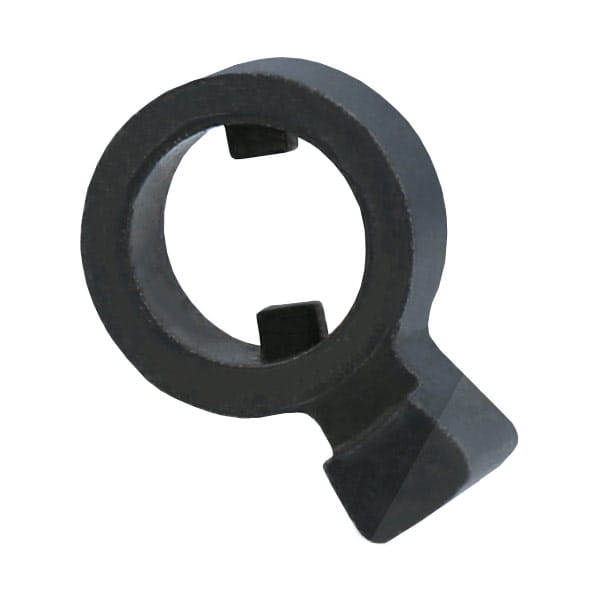
Cam for short cylinder (fixed)
Special cams for Biffar doors
When using standard cams in Biffar locks, 4 turns of the key are required until the door is fully locked.
By using 2-fold cams, the necessary turning movement is reduced again to two turns of the key until the door is locked.
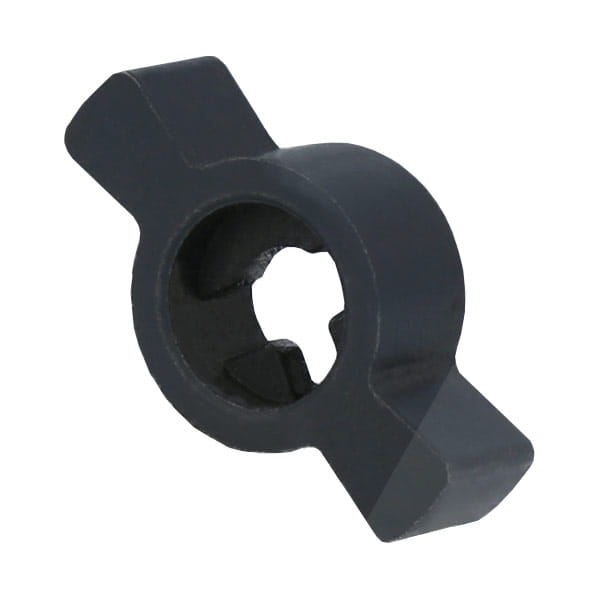
Cam (2-fold)
Cams for half cylinder and electric switch
In profile half cylinders, the locking bit is at 6 o'clock as standard, but can be adjusted in 45° increments (other increments are also possible with various manufacturers). The rastering allows the individual positioning of the locking lug after the key has been removed. This is necessary especially for electric switches, block locks and special locks.
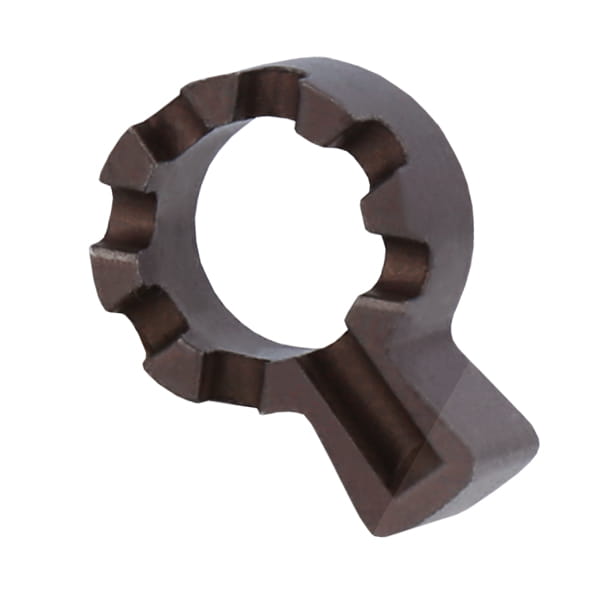
Cam (adjustable)
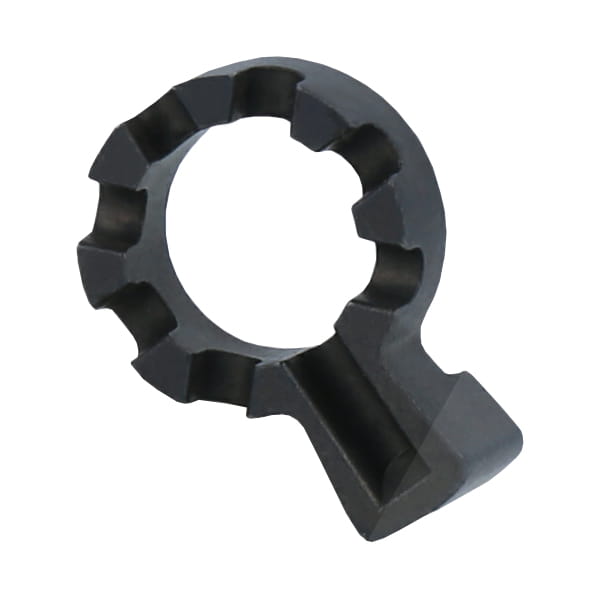
Cam (adjustable, short)
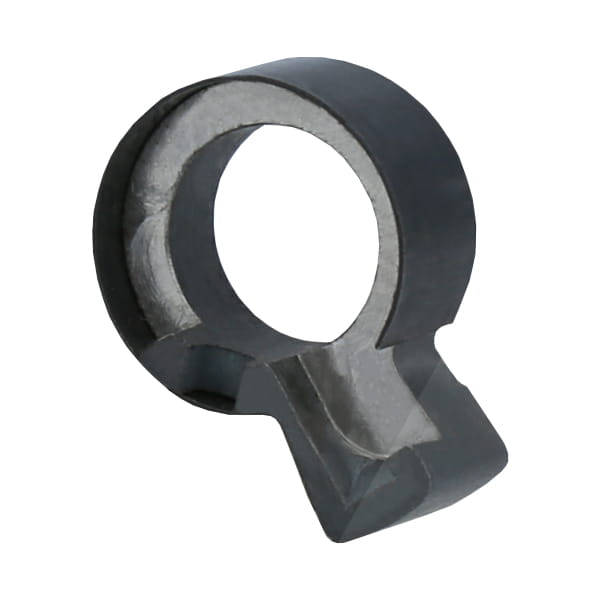
Cam (freewheel)
Cam for ABUS cross bolt 4-fold
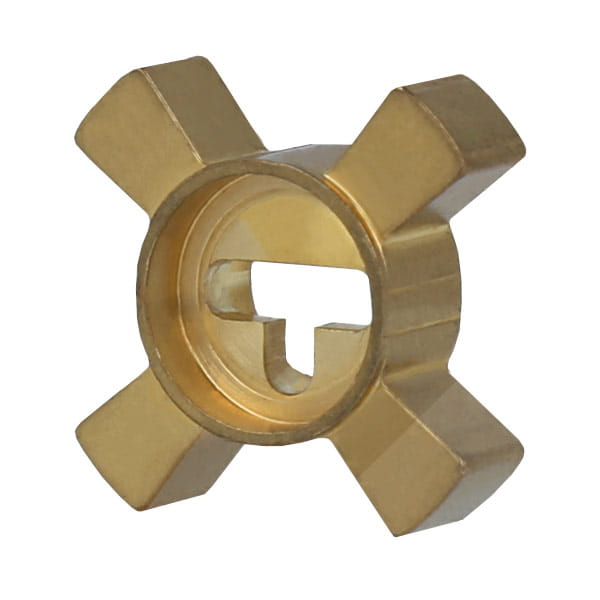
Crossbar, 4-fold
Cams for multiple locking systems
Gear drives are often installed for smooth operation of multi-point locks with 3 or more additional locking bolts.
However, normal standard cams are also used in newer locking systems.
Here, the rotary movement of the cam is very often performed with a recessed gear wheel (standard cam shape). This makes the advantage of a gear drive also possible with normal cams.
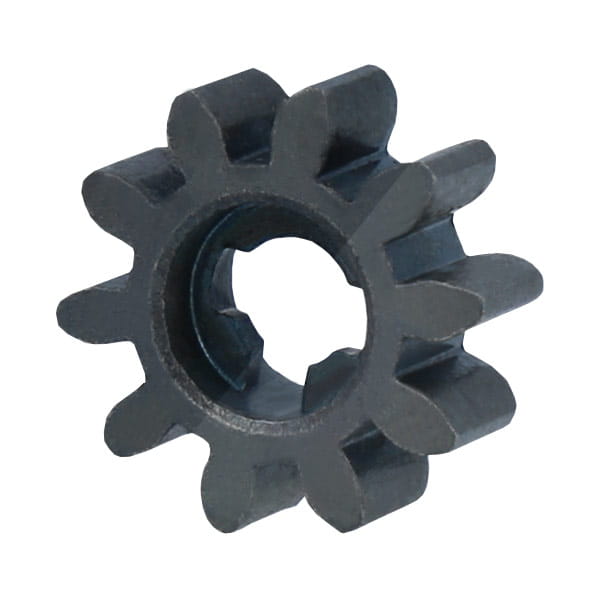
Gear cam (multilock)
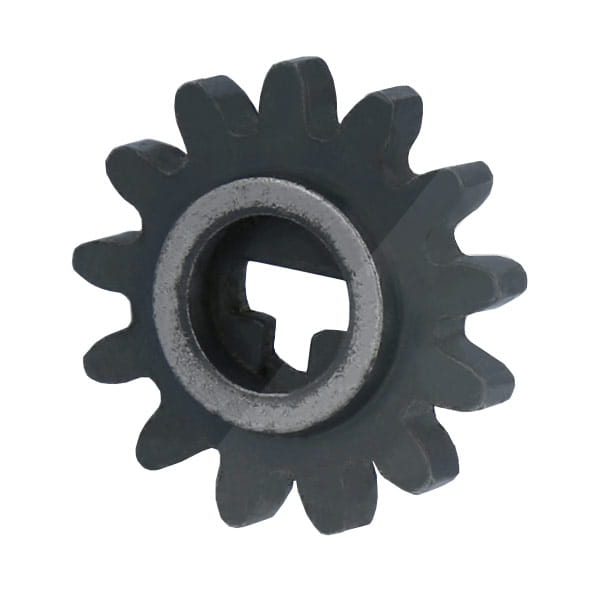
Gear cam (spider)

Cam (standard)
Installation Notice:
When installing profile cylinders, it is preferable to ensure that the lock bit is directed towards the hinges of the door when the key is in the removal position.
However, DIN locks can also be operated in other positions.














